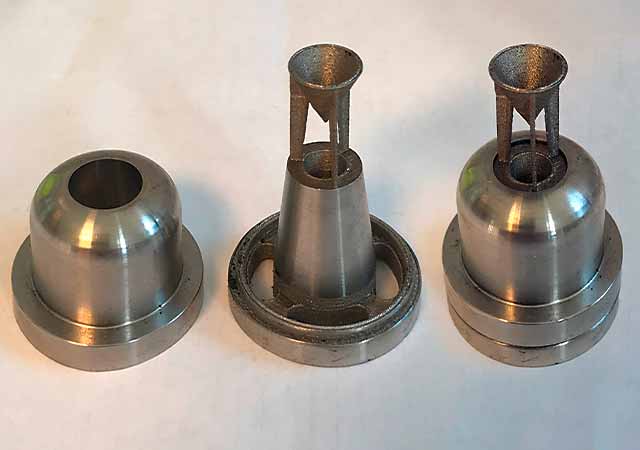When Wärtsilä Marine Solutions took the decision to utilize additive manufacturing to create a vital component for an inert gas system, initial production prototypes displayed an unexpected characteristic. In this new field, with new potential, DNV GL’s established expertise was on hand to help. Additive manufacturing, or 3D printing, has the potential to transform the maritime equipment supply chain.
With the adoption of technology enabling printing in metal, vital spare parts and system components can now be printed on demand in locations around the world, including on vessels themselves.
The result is dramatically reduced lead times, costs, labour needs, stock requirements and environmental impact, as well as the complete disruption of traditional business models. And that’s just the supply side. The impact on manufacturing capability is just as radical. Suddenly the constraints of traditional processes can be broken, with machines bringing previously impossible designs to life […]
Case Study: How PepsiCo achieved 96% cost savings on tooling with 3D Printing Technology
Above: PepsiCo food, snack, and beverage product line-up/Source: PepsiCo PepsiCo turned to tooling with 3D printing...





0 Comments